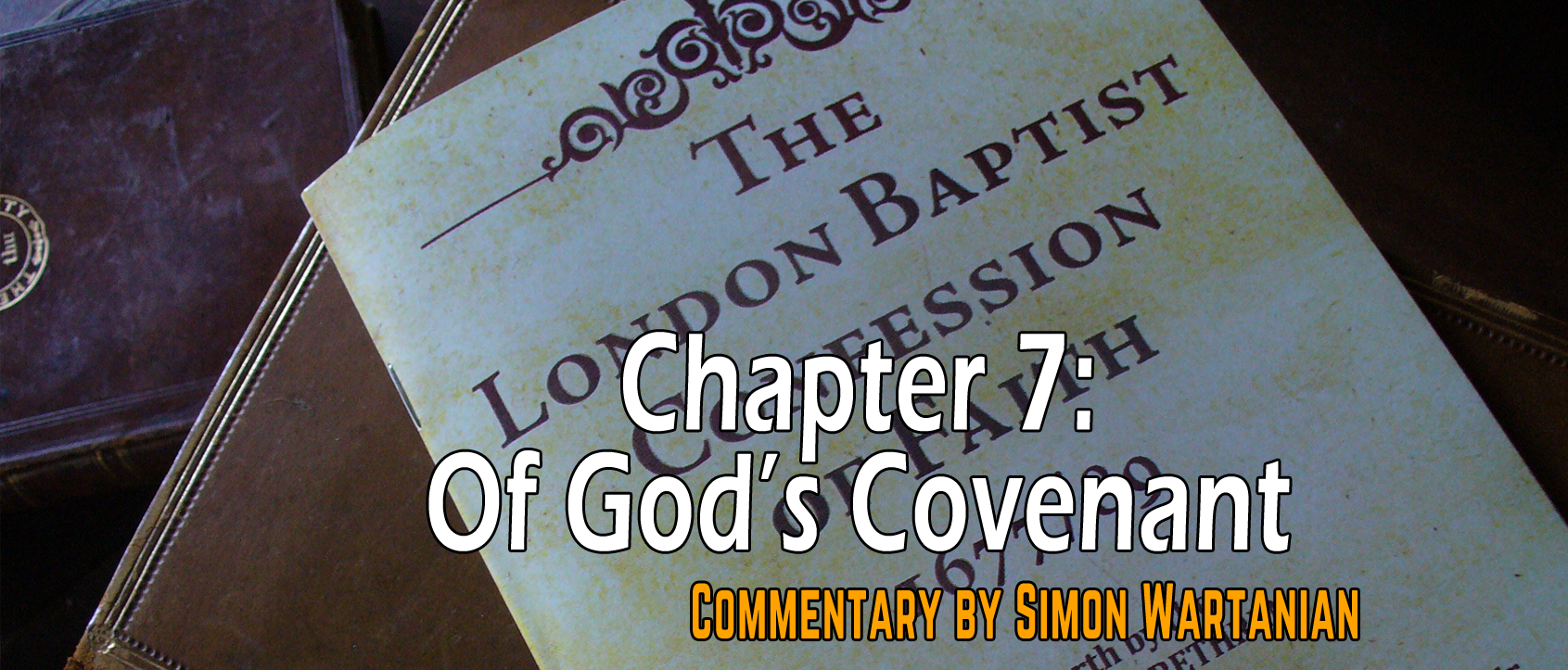Historically, the early Baptists of the seventeenth century understood that both the covenant of grace and the covenant of works were exhibited in the Abrahamic Covenant. The principle of works was manifested in Abraham’s physical seed while the covenant of grace was made known to and through Abraham’s spiritual seed.[48]
Furthermore, something that could be clearly seen in the purpose of the Abrahamic Covenant is the creation of a people from which the Savior of the world would come. The Abrahamic Covenant creates a visible and a covenant people for God through their identification with Abraham and circumcision. To this people will come God’s prophet and the promises of God will mainly be declared to them. It is from them that the Messiah would come. This covenant ensures that God has a people from which His Messiah would spring up.
God’s Oath
The Bible many times remembers the Abrahamic Covenant as a promise and an oath that God made to Abraham (Gen. 26:3; Deut. 4:31; 8:18; Luke 1:72-73). An oath is a sworn promise that a thing will happen. This is made most clear in the epistle to the Hebrews:
Heb. 6:13-17 For when God made a promise to Abraham, since he had no one greater by whom to swear, he swore by himself, 14 saying, “Surely I will bless you and multiply you.” 15 And thus Abraham, having patiently waited, obtained the promise. 16 For people swear by something greater than themselves, and in all their disputes an oath is final for confirmation. 17 So when God desired to show more convincingly to the heirs of the promise the unchangeable character of his purpose, he guaranteed it with an oath,
The fact that God made an oath to Abraham about the fulfillment of the promises did not diminish from the obligation of Abraham and his posterity to obey and uphold the covenant of the Lord. But it did mean that God was set to fulfill His promises to Abraham. He swore by Himself and there was no way that He, as the Sovereign ruler of all, could let His promises fall to the ground. Even when Israel was unfaithful, God would punish them and then restore them because of His promise to Abraham.
Two Covenants?
Are the covenants in Genesis 15 and 17 two different covenants? The short answer is no. Let us first remind ourselves of what Genesis 15 promised. Genesis 15 promises offspring numerous as the stars (Gen. 15:5) and the land of Canaan (Gen. 15:18). But in Genesis 17, God gives Abraham what Stephen called “the covenant of circumcision”, which identified the offspring of Abraham. Genesis 15 gave Abraham the promise of the land and the people; Genesis 17 gave him the sign to identify the covenant people and the offspring. I do not think that they were separate covenants, but both constitute the revelation of a singl...


